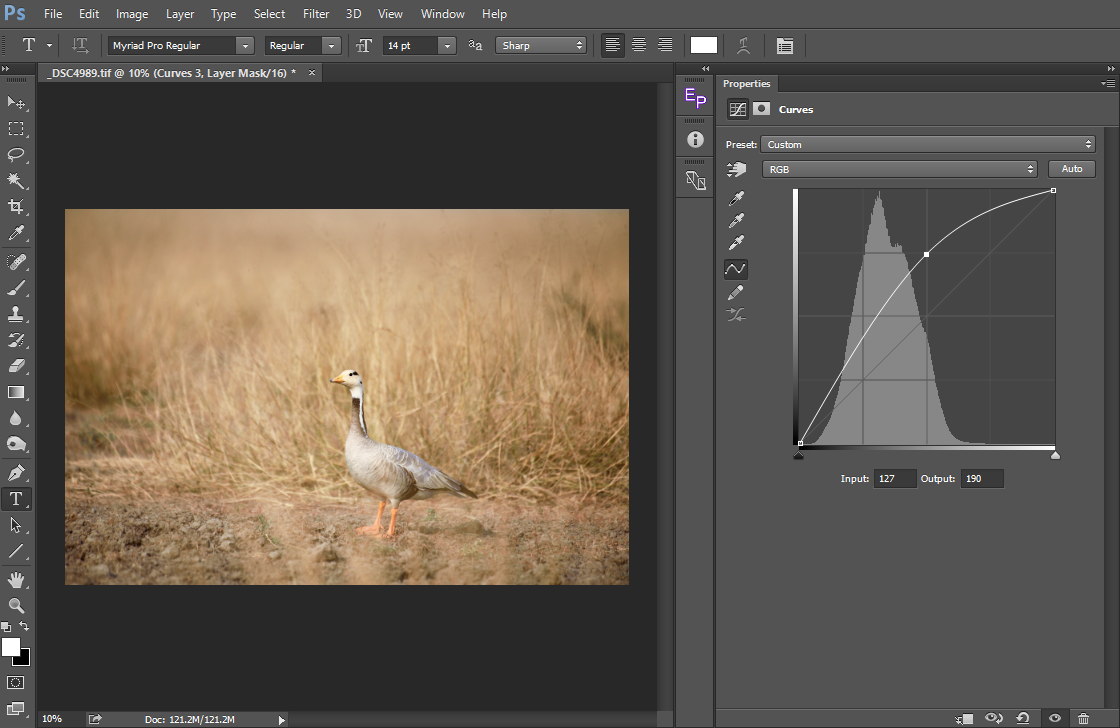
There's the before, and there is the after. So I'll choose my white point dropper, and I'll click right there. I'm actually going to go with a highlight that is on the landing dock. You can make a subjective decision, and I'm going to do that. Do we necessarily want to go with those? Well usually yes but not always.

The first pixels that appear are the brightest pixels. Hold down the option or alt key, drag the slider towards the center. I'll do the equivalent with the white point. The R,G,B values are divided by 255 to change the range from 0.255 to 0.

I'll click right there, and that has redefined the black point, and you can see that things are now looking a bit more punchy, if I just turn my preview on and off. 28 256 counting from 0 is 0-> 255 is in total 256, This is > a 8 bit memory need for each pixel, this is a commonly stored way of pixels. So I'm going to set that back, and then move my blank point dropper to this area here, where I saw those black splodges appear. The problem with this technique is that when you let go, your display changes, so you have to make a mental note of where they are. The first pixels that appear are the darkest pixels. And to find out where the darkest pixels are in the image, I'll hold down the option or alt key, and move my blank point slider towards the center. So with those defined, let's start with the black point. And my white point, I have defined as 247, 247, 247 rather than the pure white of 255, 255, 255, and this is going to ensure that in the highlight areas, there will be ink rather than blank paper or paper white. The coded colors are shown in the ACI number cell for each row. The information contained in this table was obtained from this site. In RGB mode, the red, green, and blue components are each assigned an intensity value for every pixelranging from 0 (black) to 255 (white). I've changed it to seven, seven, seven, so that in the shadow areas, there'll be some detail and texture rather than solid black. The table below contains hexadecimal and decimal RGB codes for the 256 colors in the AutoCAD Color Index (numbers 0-255). The default mode of new Photoshop Elements images and images from your digital camera. This began as zero, zero, zero, complete black. I'm going to do it in Levels, and firstly I need to define what my black and white point are, so I'm going to double-click, first of all, on the black point dropper, and I've already got it defined here. You can set black and white points in either Levels, Curves, or Exposure. So I'm going to remap my darkest pixel to my defined black point, and my lightest pixel to my defined white point. In this image, I will manually set the black and white points to improve the color in the whole image.


 0 kommentar(er)
0 kommentar(er)
